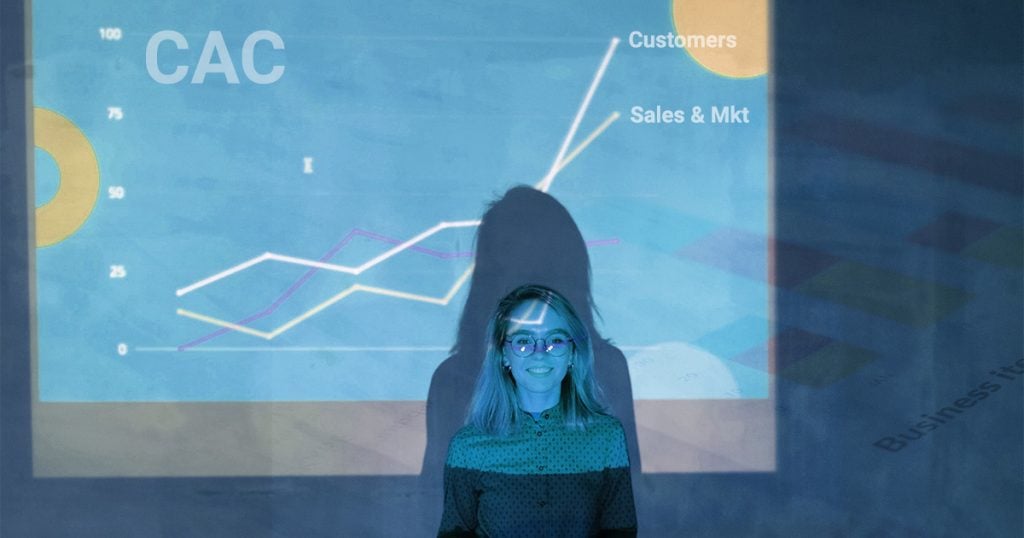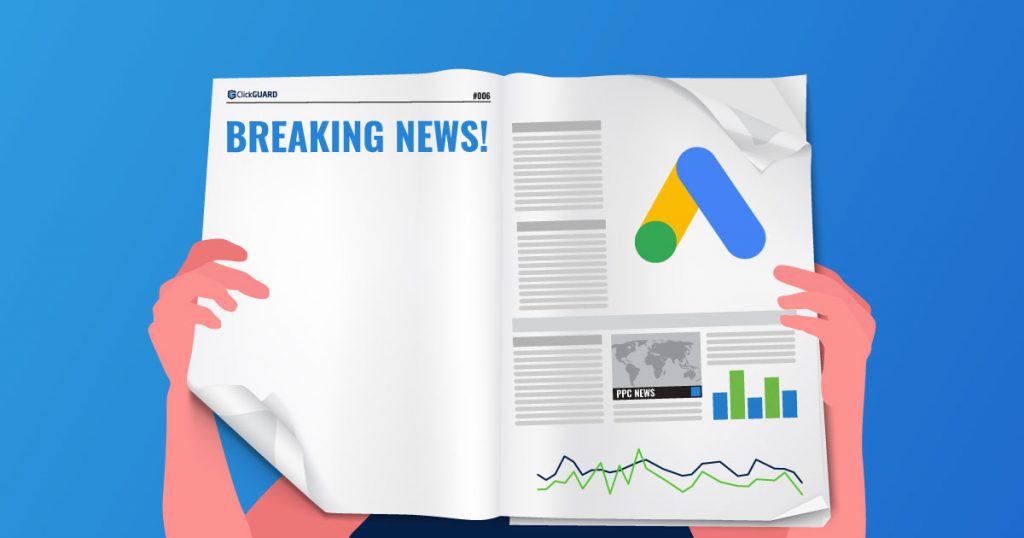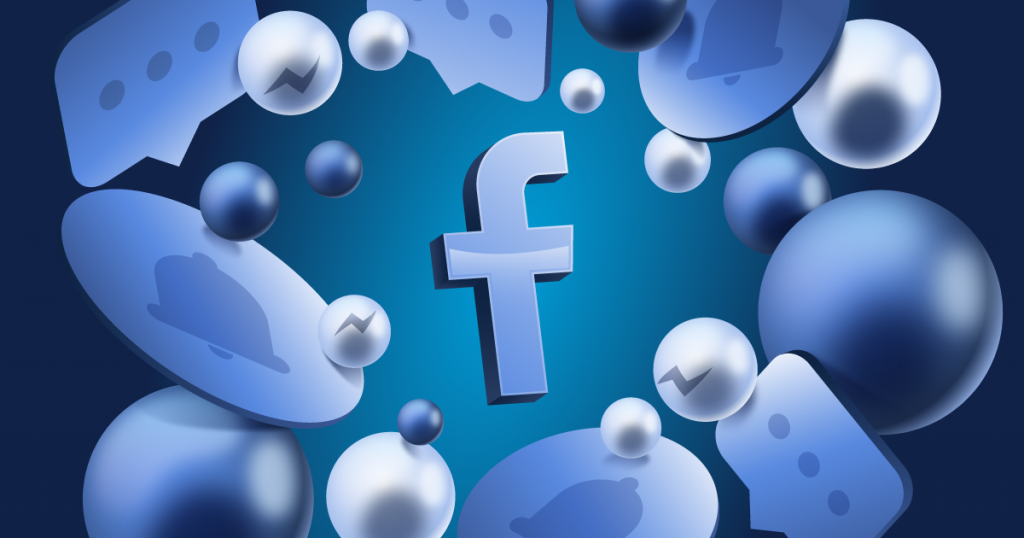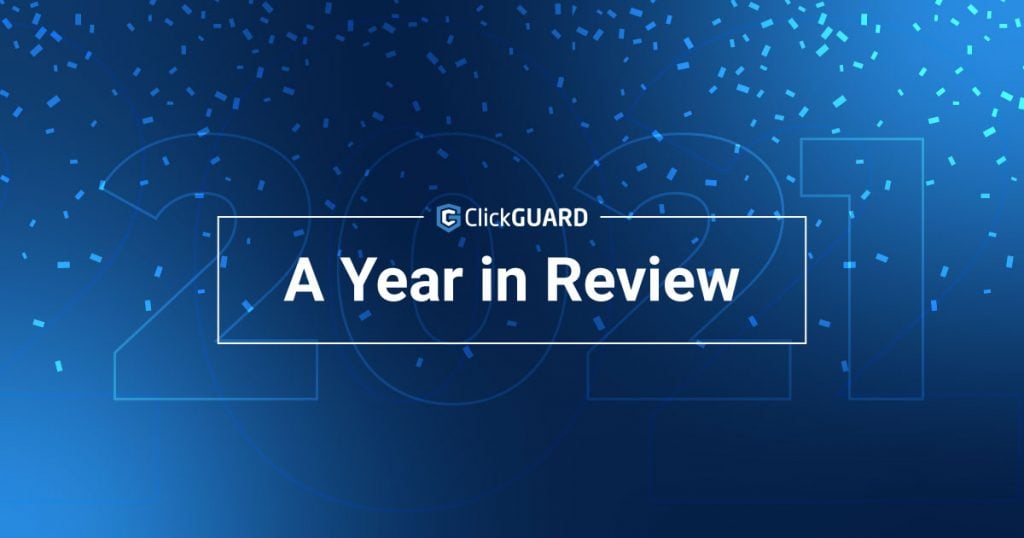Your business is growing and you have questions about Customer Acquisition Cost and how to use different digital marketing channels to connect long-term with people and build your brand’s reputation. You’re in the right place – Customer Acquisition Costs have been rising in recent years (and even more so in recent months, on some platforms at least), so it’s time to get smart about where you’re advertising.
With all the digital marketing channels out there – from Google, Facebook, and Instagram, to TikTok and Influencer Marketing – we know it can be overwhelming to compare Customer Acquisition Channels and choose the right one for your business.
So, we pulled together a bunch of data so it’s all in one place for you. (Our pleasure! 😉)
What Is Customer Acquisition Cost and How Is it Calculated?
What is Customer Acquisition Cost, exactly?
Pretty simple: It’s the total approximate cost that it takes to obtain a new customer.
To calculate CAC (fun marketing abbreviation for ya), divide the amount you spend on sales and marketing by the number of customers you’ve acquired.
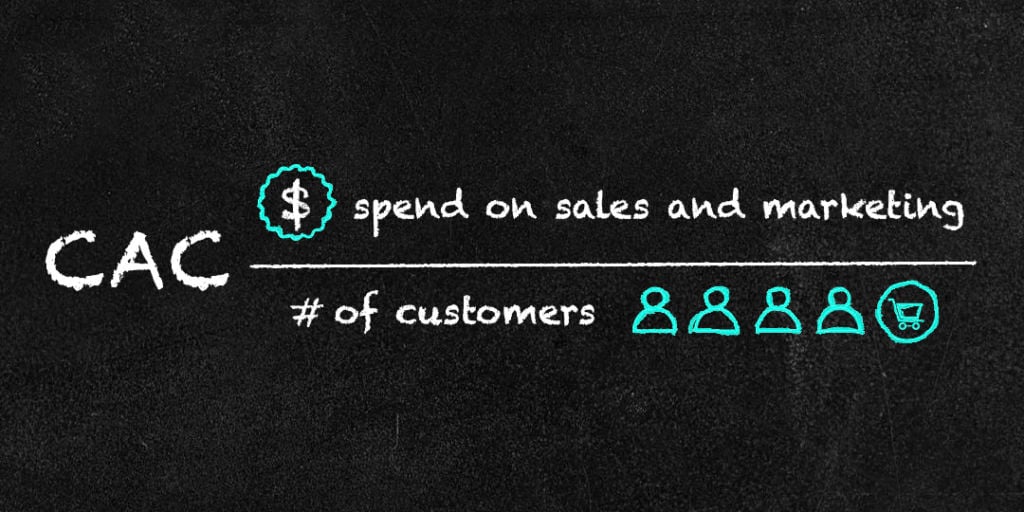
Customer Acquisition Cost tells you if the money you spend on marketing is leading to your goals for securing new customers and generating revenue. If your CAC is too high (i.e., higher than your revenue for too long), your business isn’t sustainable.
To avoid running your business into the ground, you need to compare channel metrics to see where your money is well spent and where it isn’t.
What it boils down to is this: Are you advertising on the digital marketing channels that best acquire new customers for your business?
Let’s take a look.
Customer Acquisition Cost on the Most Popular Digital Marketing Channels
OK, so, now that all this is cleared up, let’s take a look at the Customer Acquisition Cost on some of the most popular digital marketing channels:
Google Ads
Google Ads is the largest PPC (pay-per-click) advertising platform in the world. The following benefits make paid search the most popular form of customer acquisition:
- Increases visibility and drives sales fast
- Cost effective (you only pay when someone clicks on your ad)
- Measurable results (Google Ads allows you to measure results for each ad, keyword, and user)
So, how useful is Google Ads in terms of Customer Acquisition Cost?
Check out this stat: According to Google, for every $1 spent on Google Adwords, businesses earn an average revenue of about $2.
Plug that into the CAC calculation formula, and it’s clear why Google Ads, and paid search as a whole, is such a popular customer acquisition channel. Of course, the CAC argument only plays out when click fraud is not an issue (which, unfortunately, is a problem many times).
Since Google Ads is so effective at increasing visibility and you only pay per click, it can be a powerful tool for acquiring new customers without burning through your budget.
Certain factors will determine how much your ads cost and how well they do, so when you choose a platform (Google, Facebook, Instagram, etc), it’s important to keep digging deeper with your research so you can be as effective as possible.
Some of these determining variables include:
- Target location
- Target demographics
- Ad relevance
- Ad quality
- Your specific industry
- Whether or not you are affected by click fraud
Facebook Ads
As opposed to paid search, Facebook is known as a “paid social” channel. You can use the platform to reach potential customers based on their interests and lead them back to your business.
Facebook has more than 1.5 billion monthly active users, making your potential audience immense. And, being a social platform, these users share a lot of personal information – their interests, activities, milestones, consumptions, etc – which makes Facebook’s “audiences” ad targeting model so good it’s almost stalker-ish.
Facebook Ads are affordable, so your Customer Acquisition Cost will depend on how well you use Facebook advertising to target your audience and lead them to purchase.
YouTube Ads
What are the benefits of using YouTube Ads in regards to Customer Acquisition Cost?
To put in perspective how cost-effective YouTube can be, take Gatorade as an example. They earned $13.50 for every $1 they spent on ads.
That being said, as with Google Ads and Facebook, your success will depend on how well you use the platform and how well your ads lead viewers to an actual purchase.
Since you’re not given a set price for advertising on YouTube, you need to bid on ad placement. Keep your costs within budget by setting a daily limit for your YouTube advertising.
Ultimately, the most important factor is how well optimized your ads are – exposure level means nothing if your ads aren’t compelling enough to get people to click and purchase from you.
Check out this comprehensive guide for optimizing YouTube Ads.
TikTok
You can advertise on TikTok using their Formal Ads program. Keep in mind that your Customer Acquisition Cost will only be kept at a sustainable level if the demographic you’re targeting is relatively young since 41% of TikTok users are between 16 and 24 years old.
Advertising on TikTok is new and costs can be higher than other platforms like Facebook. You’re also required to spend a $500 minimum on a campaign, so it’s not inexpensive. The perk of positioning ads here, however, is that you won’t be in competition with a gazillion other ads as you would be on Google and Facebook.
Instagram Ads
Another digital marketing channel is Instagram, a Facebook-owned social media platform known for photo-sharing and influencers.
On average, Instagram advertising costs between $0.20 and $6.70, on the lower end for cost-per-click and higher end for cost-per-impressions.
Like TikTok, Instagram’s users are more likely to be young – think Gen Z and Millenials. Keep variables like this in mind, because focusing your efforts on the digital marketing channel that offers the most value in terms of reaching your target audience is more important than where you can advertise for the lowest cost.
If your product is visual and your target demographic is primarily young people, Instagram might be a highly lucrative place to advertise and come out on top in terms of Customer Acquisition Cost.
Influencer Marketing
Influencer marketing is the trendy way to get eyeballs on your products. With the right partnership, being featured on an influencer’s blog or vlog could be a huge growth catalyst for your business.
That being said, the key to maintaining a healthy Customer Acquisition Cost is being strategic about who you partner with and what your budget should be.
Getting deep into how to calculate your influencer marketing budget is beyond the scope of this piece; however, a great guide can be found right here. Aaaaand, because we love you, we pulled out the most important steps to help you analyze whether influencer marketing is a smart digital marketing channel for you and your business. 😊
- Estimate potential conversions based on an influencer’s monthly views and how many of those viewers might convert from your post
- Calculate and track both Customer Lifetime Value and Customer Acquisition Cost (the ideal CAC:LTV ratio is 1:3)
- Multiply CAC by the estimated number of conversions to determine your influencer marketing budget
Customer Acquisition Cost Across Different Industries
As a rule, you should avoid spending any more than 5-8% of your total budget on advertising and marketing. But Customer Acquisition Costs can vary across industries and different marketing channels, so knowing your CAC is not always the full picture.
For example, if your business sells high-end skincare products with higher production costs, your CAC might be higher than another company that sells cheap print t-shirts. But your revenue is likely higher as well, meaning you’re still profiting and sustainable.
For this reason, it’s important to interpret numbers carefully and choose the right digital marketing channels for you, and not necessarily what works for everyone else.
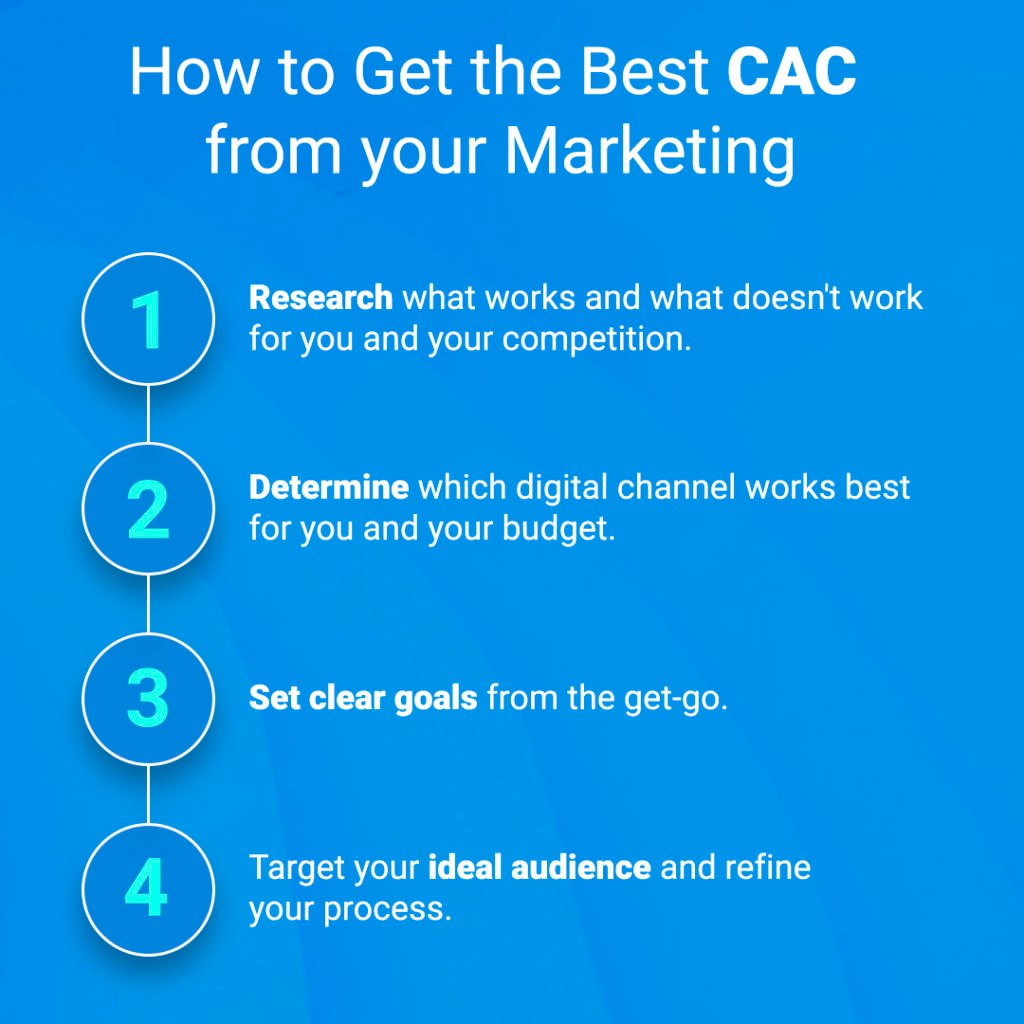
Conclusion
The essential lesson in this article can be rounded up in four final tips:
- Research what works and what doesn’t for you and your competition
- Determine which digital marketing channel best aligns with your budget
- Establish your goals:
- Do you want to widen your net? You might need to diversify acquisition channels
- Are you looking for a specific, niche customer? Focus your efforts on just a few channels
- Target your ideal audience using the right digital marketing channel. For example, use TikTok to reach a younger audience, or Facebook Ads to help ideal customers find you. You could have the best, most creative ads in the world, but it won’t matter if you advertise on a channel that never reaches the people who buy your product.
Each of the digital marketing channels we listed above has pros and cons. For a healthy Customer Acquisition Cost – and maintaining a growing, thriving business – it’s imperative to pay attention to variables like which platform best reaches your target audience and at what cost.
